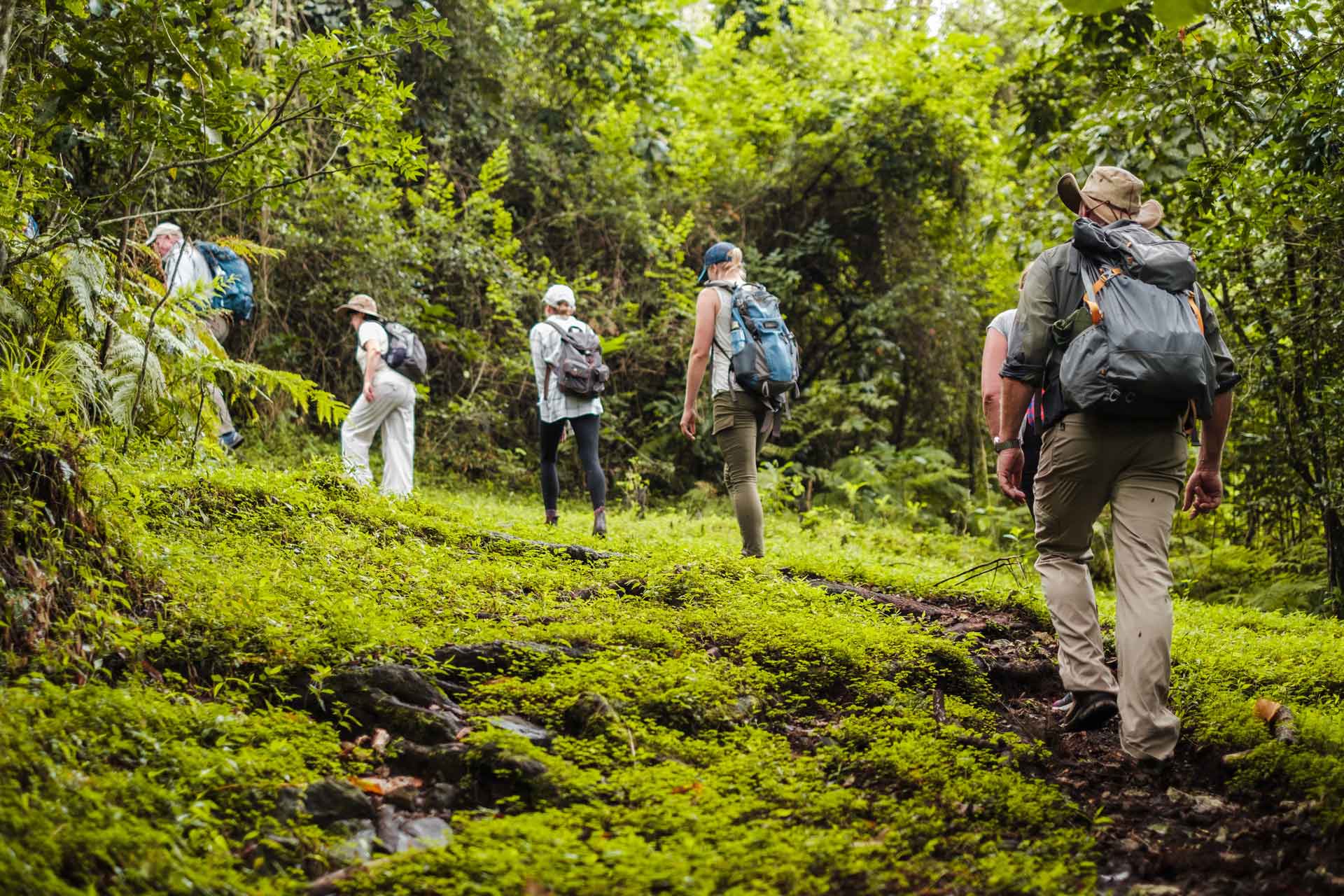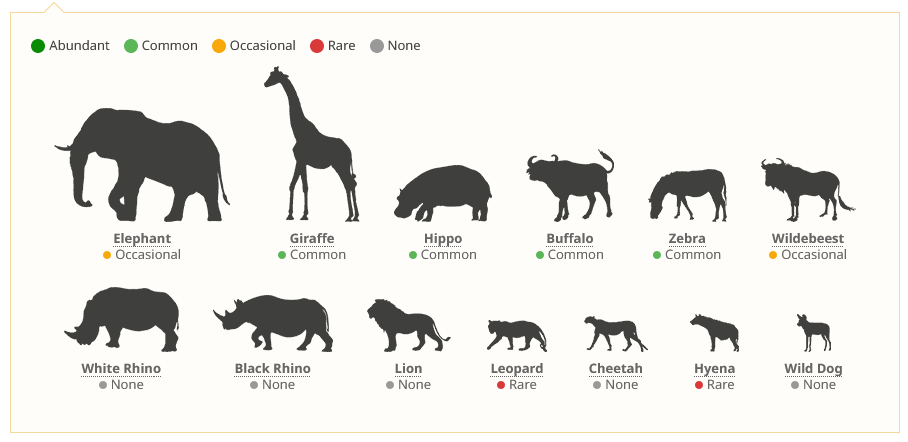Arusha National Park, nestled in the northern region of Tanzania, offers a compact yet diverse wilderness experience. Renowned for its stunning landscapes, the park encompasses a variety of ecosystems, from lush montane forests to open savannah plains and imposing volcanic peaks. At its heart lies Mount Meru, the park’s centerpiece and Tanzania’s second-highest mountain, offering exhilarating trekking opportunities for adventurous visitors. The diverse habitats support a rich array of wildlife, including iconic African species such as giraffes, buffaloes, zebras, and various antelope species.
One of the park’s unique features is the Ngurdoto Crater, a magnificent volcanic caldera dotted with verdant vegetation and inhabited by a range of wildlife. Visitors can explore the crater’s rim on foot or embark on guided game drives to witness the resident animals in their natural habitat. Additionally, Arusha National Park is a haven for birdwatchers, boasting over 400 avian species, including vibrant flamingos, majestic eagles, and colorful turacos. The Momella Lakes, scattered across the park, provide a picturesque backdrop for birdwatching and leisurely picnics amidst the tranquil scenery.
Beyond its natural splendor, Arusha National Park holds cultural significance as well, with the opportunity to interact with the indigenous Maasai community and gain insight into their traditional way of life. Visitors can engage in cultural tours, visit local villages, and partake in authentic cultural activities such as traditional dances and handicraft demonstrations. Whether trekking through the rugged landscapes, embarking on thrilling safari adventures, or immersing oneself in the rich cultural heritage, Arusha National Park offers a captivating experience that showcases the beauty and diversity of Tanzania’s natural and cultural heritage.

Arusha National Park is dominated by Mt Meru (4,562m/14,967ft), Tanzania’s second-highest peak after Mt Kilimanjaro. The popular climb takes four days. A day hike to Meru Crater is less challenging, but very rewarding too. Wildlife viewing is rather low-key, but the varied landscapes, flocks of flamingos and superb forest birding make the park a great addition to a Northern circuit safari.
Wildlife viewing in Arusha National Park is good throughout the year but at its best in the Dry season, from June to October. The beautiful scenery is most impressive in the Wet season, from November to May, although March and April can be very wet and gray. The clear skies from December through to February give you the best views of Mounts Meru and Kilimanjaro.
Arusha National Park’s climate is normally pleasant and mild. It rarely gets hot during the day and it is usually cool to cold at night and in the early morning. It is important to pack warm clothing for use in the evenings and on game drives.
The Dry season is from June to October. The Wet season consists of two rainy periods (the short rains from November to December and the long rains from March to May), with a dry spell in between. Afternoon thundershowers are common in the Wet season, but it would be rare for it to rain all day. Arusha National Park incorporates Mt Meru, which creates a microclimate with more rain and clouds than is typical for the area.
Temperatures in the afternoon are generally around 19°C/66°F. Sunny weather and clear skies are common during the day.
The Wet season’s temperatures are mild, similar to the Dry season. Temperatures in the afternoon are usually around 22°C/72°F, while temperatures at night are around 12°C/54°F.
Arusha National Park is the ‘odd one out’ in Tanzania’s Northern safari circuit – of the Big Five, only buffalo is regularly seen. There are plenty of photographic opportunities though. You’ll see large groups of giraffes walking in front of Mt Meru, troops of monkeys swinging between trees and hippos bobbing up and down in the Momella Lakes.

Arusha National Park is home to many forest-dwelling animals not often encountered in northern Tanzania, including blue monkey and Kilimanjaro colobus. You’ll see many bushbuck. Also keep an eye out for Harvey’s red duiker and suni – these unusual antelope thrive in the park’s primary forest. The only large predators are leopard and spotted hyena, but you might see a serval or even an African wild cat.
Arusha National Park can be visited throughout the year, but the Dry season (June to October) is the best time for wildlife viewing. Wildlife is easier to spot because vegetation is thinner and animals gather around predictable water sources. April tends to be very wet. At this time some of the roads might become difficult to navigate, which can interfere with your wildlife-viewing experience.
Arusha National Park is only a 45-minute* drive from the town of Arusha, the starting point of any safari in northern Tanzania.
There are several ways to get to Arusha. The easiest is to get a direct flight to Kilimanjaro International Airport (JRO), which is situated about 50km/31mi from Arusha. The drive from the airport to Arusha takes about 1½ hours*. Alternatively, you can fly to Julius Nyerere International Airport (DAR) in Dar es Salaam and get a connecting domestic flight to Arusha Airport (ARK) or Kilimanjaro International Airport (JRO).
In most cases, your tour operator will pick you up from the airport and take care of further transportation.
Copyright Tanzania Local Tour Operators. 2023 – 2024. All Right Reserved
By completing this form you can apply for Membership account. Our team will review your application. When we have verified your application we will send you further instructions for the next step in the application process.